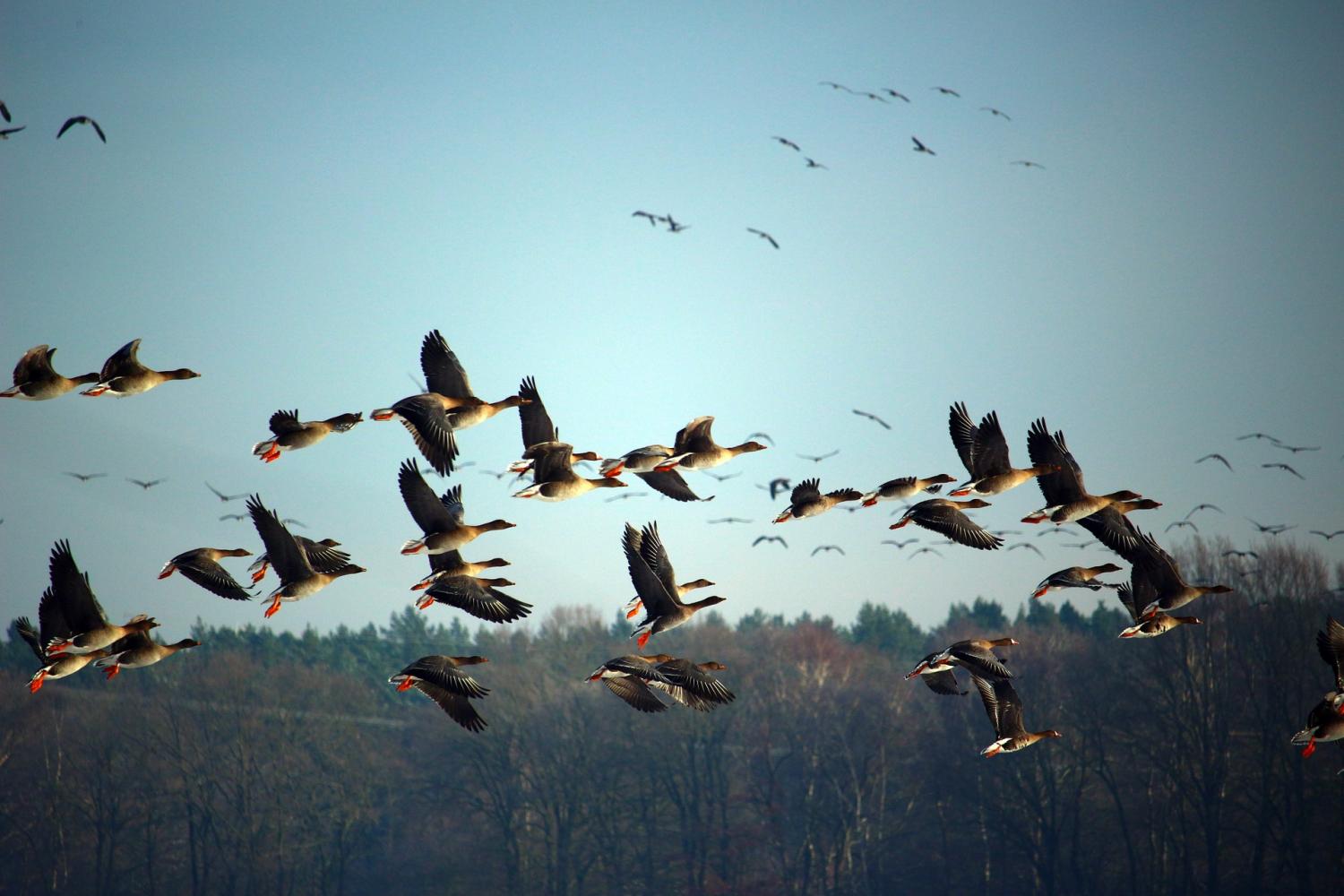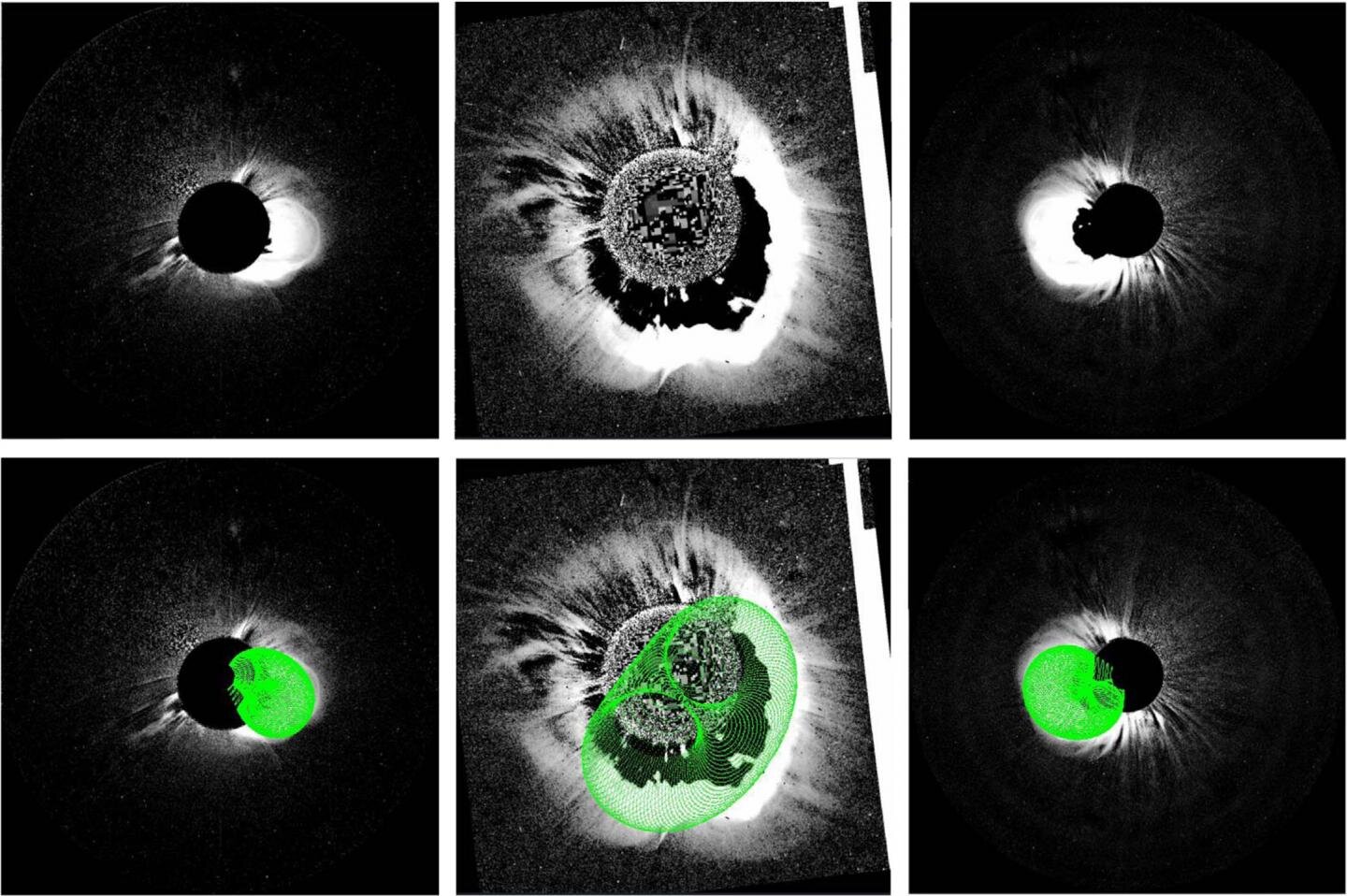#Monitoring shows protected areas safeguard bird populations

“#Monitoring shows protected areas safeguard bird populations”

Federal and state mandates to conserve 30% of the nation’s lands and waters by 2030 are intended to protect biodiversity. But do protected areas actually work?
A new study from scientists at Point Blue Conservation Science shows that out of 14 bird species analyzed, 9 had better population trends in protected areas compared to average population trends in California. Three species had about the same population trends both within protected areas and outside of them, and two species fared worse within the protected areas.
“As we began the research project, the first thing that surprised me was how few existing studies there were comparing bird populations within protected areas to populations outside of them,” said Mark Dettling, Senior Avian Ecologist at Point Blue and lead author of the paper.
“And given the widespread declining population trends that were highlighted in the recent paper showing a loss of 3 billion birds since 1970, we thought it would be incredibly valuable to try and document what conservation measures in use are really making a difference,” he added.
To stop and reverse population declines of bird species across North America, we need to know whether our assumptions about conservation actions are correct. While there are many reasons for these declines, habitat loss has been identified as one of the primary causes. Protected areas have long been assumed to be an effective conservation practice, but little research existed to confirm this assumption.
Scientists used two long-term datasets to investigate whether protected areas in coastal California effectively safeguard bird populations from population decline. In collaboration with the National Park Service, researchers at the Palomarin Field Station conducted surveys for 25 years in Point Reyes National Seashore, Golden Gate National Recreation Area, Mount Tamalpais State Park, and Marin County Parks. They analyzed population trends from these protected areas and compared them to population trends from Breeding Bird Survey data collected throughout coastal California by expert volunteers.
“It’s always a real privilege to work with such long-running datasets like these,” said Dettling, “because you just can’t draw the same conclusions from datasets that are only two or five years old. Additionally, it was gratifying to know that some of the data we were analyzing was data that we’ve collected ourselves over the years through individual bird counts at locations across Marin County. Putting that data to good use is one of the most satisfying parts of my job.”
The scientists found evidence of benefits to both resident species, which spend their entire life cycle in these protected areas, such as Spotted Towhee and Wrentit, and migratory species, which spend at least half of the year outside these protected areas, such as Swainson’s Thrush and Orange-crowned Warbler.
The areas the researchers studied, which were protected from land conversion and heavily extractive industry, and have a mandate to conserve biodiversity, effectively conserved populations of many bird species.
“If our results had shown that protected areas helped even one or two species, it would have been encouraging,” Dettling said. “The fact that we saw nine species that did better in protected areas is a pretty clear signal to us that protecting intact habitats as a conservation tool really works.”
“Our work provides support for the state and federal 30 x 30 initiatives, which aim to conserve 30% of lands and waters by 2030,” said Tom Gardali, Pacific Coast and Central Valley Group Director at Point Blue. “This research shows the value of protected areas and points to the need for collaborative landscape conservation efforts.”
The article, “Protected areas safeguard landbird populations in central coastal California: evidence from long-term population trends.” was published on August 4th in the peer-reviewed journal Ornithological Applications
Protected areas cover a sixth of Earth’s land and freshwater
Mark D Dettling et al, Protected areas safeguard landbird populations in central coastal California: Evidence from long-term population trends, Ornithological Applications (2021). DOI: 10.1093/ornithapp/duab035
Citation:
Monitoring shows protected areas safeguard bird populations (2021, August 5)
retrieved 6 August 2021
from https://phys.org/news/2021-08-areas-safeguard-bird-populations.html
This document is subject to copyright. Apart from any fair dealing for the purpose of private study or research, no
part may be reproduced without the written permission. The content is provided for information purposes only.
If you liked the article, do not forget to share it with your friends. Follow us on Google News too, click on the star and choose us from your favorites.
For forums sites go to Forum.BuradaBiliyorum.Com
If you want to read more Like this articles, you can visit our Science category.




